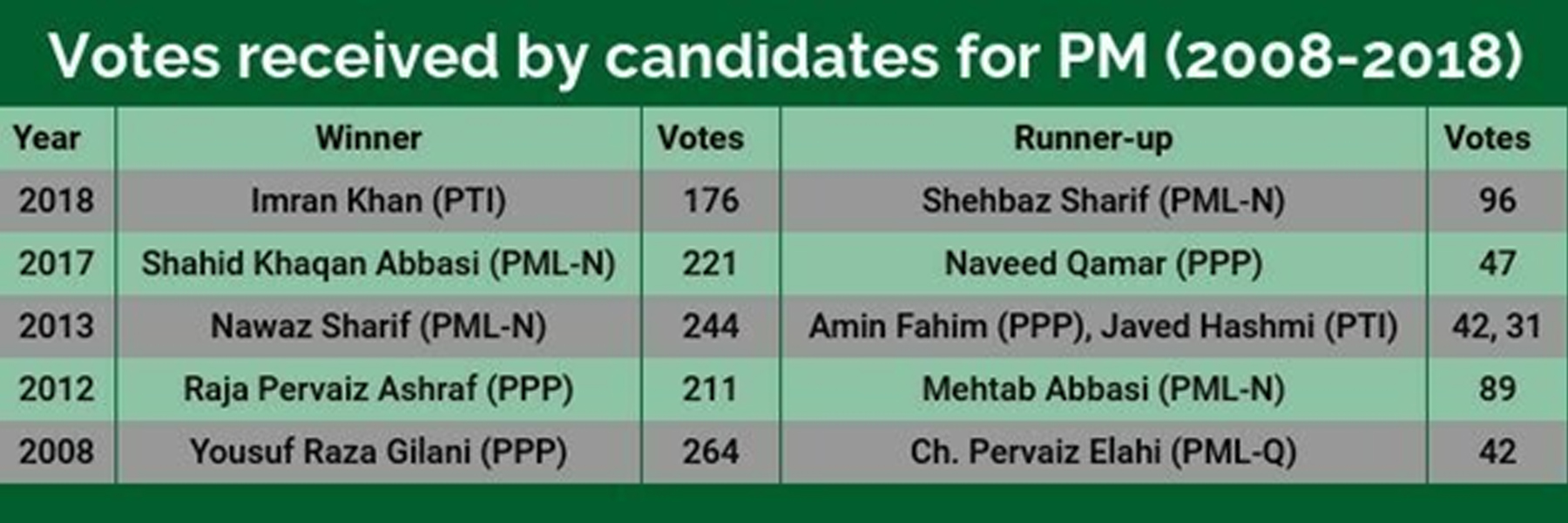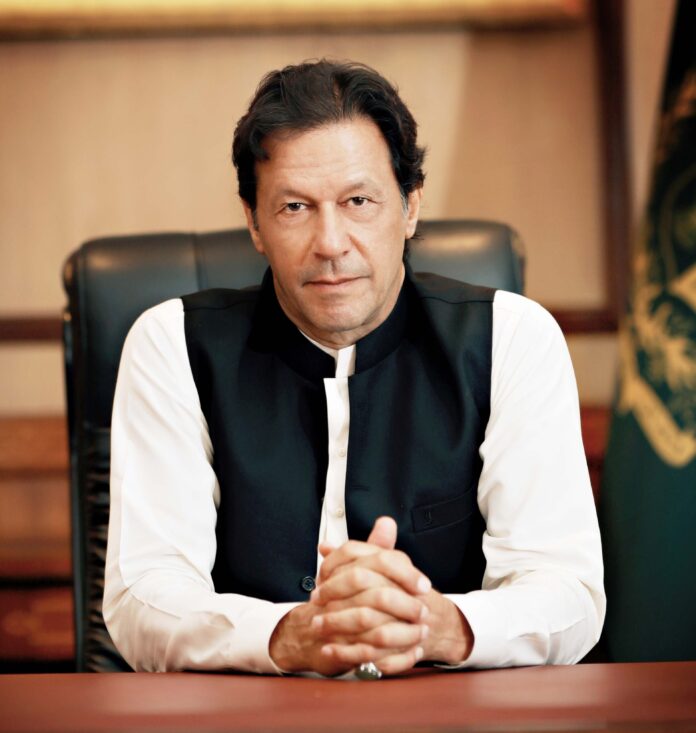The past 90 days have proven to be a political minefield in Pakistan, with the heat being turned up on Prime Minister Imran Khan as he faces a very strong attempt to dislodge him from power through a vote of no-confidence. As the Prime Minister navigates the choppy waters, the electorate has also faced a barrage of information regarding how such a motion works. Profit explains the timeline and technicalities about where we are today, and what is to be expected in the upcoming weeks.
The build up
Feb 6th:
PPP Chairman Bilawal Bhutto Zardari along with his father former President Asif Ali Zardari meet with the top-brass of the Pakistan Muslim League Nawaz including Maryam Nawaz and Shehbaz Sharif. In the meeting, the two biggest opposition parties agreed to send Prime Minister Imran Khan packing. The easiest way to achieve this? A vote of no confidence in the National Assembly.

Imran Khan won the Premiership with the thinnest majority of any election in the NA held since the end of the Musharraf administration. The content in this publication is expensive to produce. But unlike other journalistic outfits, business publications have to cover the very organizations that directly give them advertisements. Hence, this large source of revenue, which is the lifeblood of other media houses, is severely compromised on account of Profit’s no-compromise policy when it comes to our reporting. No wonder, Profit has lost multiple ad deals, worth tens of millions of rupees, due to stories that held big businesses to account. Hence, for our work to continue unfettered, it must be supported by discerning readers who know the value of quality business journalism, not just for the economy but for the society as a whole.To read the full article, subscribe and support independent business journalism in Pakistan


























I just love your writings. Wish they were free.
Fablouse Blog!
Our Property info
It would be nice to keep updating this timeline 🙏🏻
It’s too bad to check your article late. I wonder what it would be if we met a little faster. I want to exchange a little more, but please visit my site.
온라인 카지노
j9korea.com